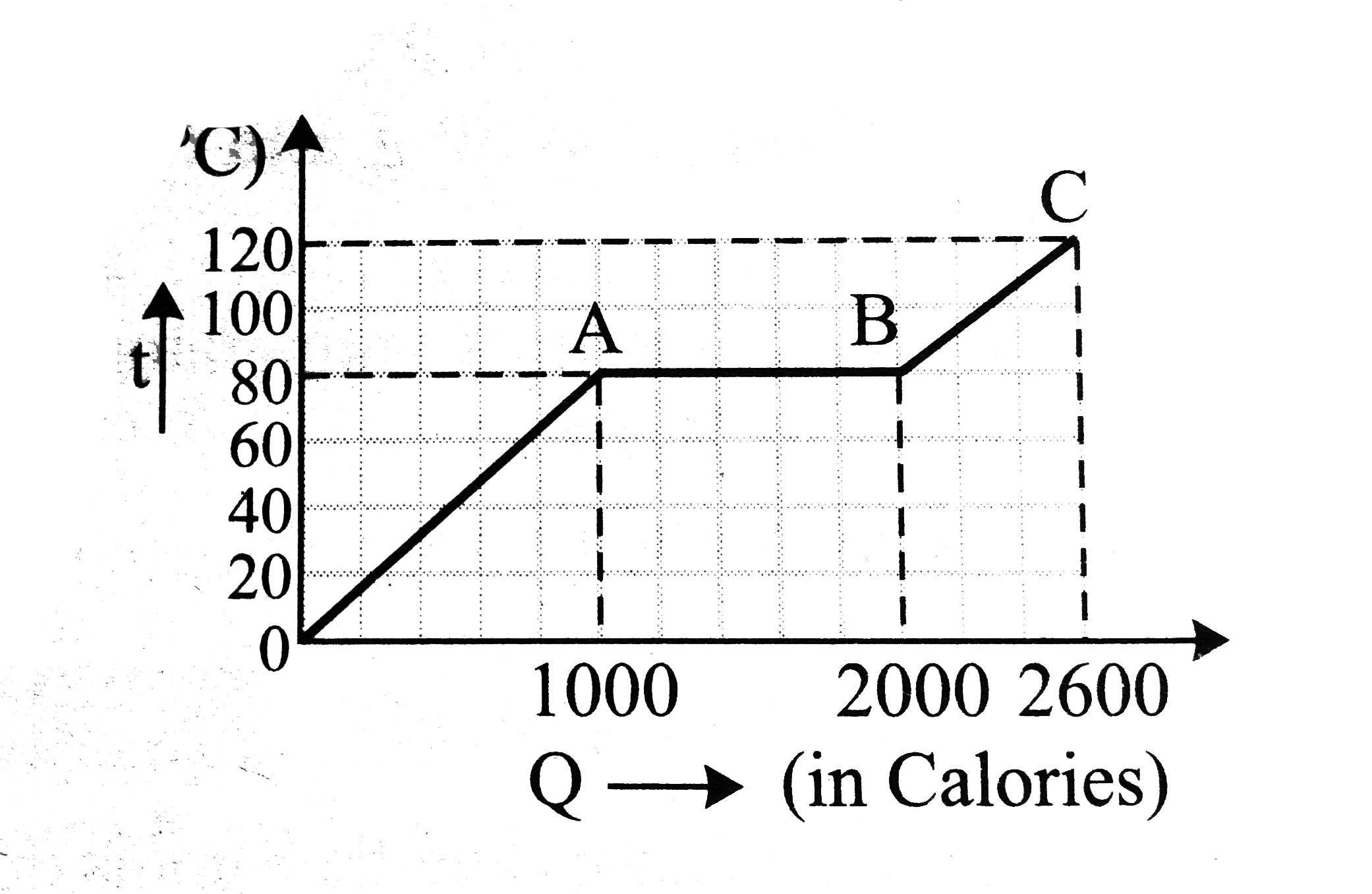The amount of heat absorbed when a substance melts ………
Step by step video & image solution for The amount of heat absorbed when a substance melts ……… by Physics experts to help you in doubts & scoring excellent marks in Class 8 exams.
Updated on:21/07/2023Similar Questions
The amount of heat absorbed to change a substance from liquid to vapour …………..
View SolutionThe amount of heat released when a substance changes from gas to liquid ……………
View SolutionThe amount of heat absorbed or released when a unit mass changes its state ……….
View SolutionA substance is in the solid from at 0∘C. The amount of heat added to this substance and its temperature is plotted in the graph . The specific heat capacity of the solid substance is 0.5cal/g∘C.
_E01_234_Q01.png)
Latest heat capacity in melting process is -
View Solution
A substance is in the solid form at 0∘C. The amount of heat added to this substance and its temperature are plotted in the following graph. If the relative specific heat capacity of the solid substance is 0.5, find from the graph (i) the mass of the substance, (ii) the specific latent heat of the melting process and (ii) the specific heat of the substance in the liquid state.
Specific heat capacity of water =1000cal/kg/K
View SolutionA substance is in the solid from at 0∘C. The amount of heat added to this substance and its temperature is plotted in the graph . The specific heat capacity of the solid substance is 0.5cal/g∘C.
_E01_235_Q01.png)
Specific heat capacity in the liquid state is -
View SolutionA substance is in the solid from at 0∘C. The amount of heat added to this substance and its temperature is plotted in the graph . The specific heat capacity of the solid substance is 0.5cal//g∘C.
_E01_233_Q01.png)
The mass of the substance is -
View Solution550kJcycle−1 work is done by 1 mol of an ideal gas in a cyclic process. The amount of heat absorbed by the system in one cycle is
View SolutionThe amount of heat absorbed to change 1 kg of water to vapour ……….
View SolutionHeat of combustion is the amount of heat evolved when the number of moles as represented by the balanced equation have been completely oxidised.
View Solution
